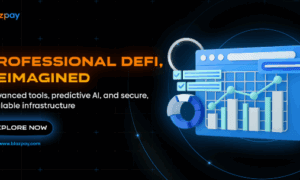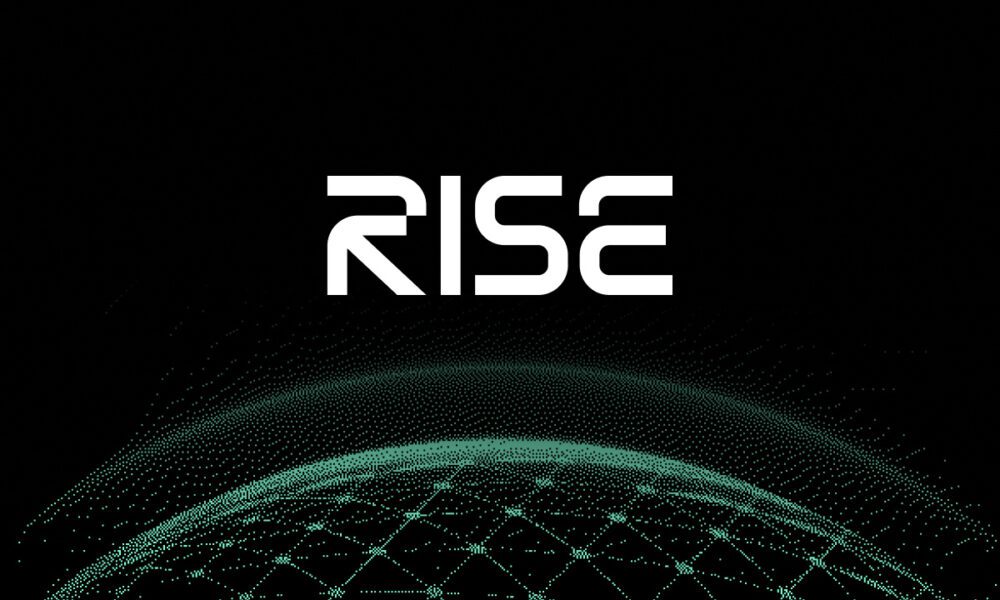When Pavan Palleti joined the Salesforce program, the platform was already delivering value—but underneath the surface, there was a growing problem. Speed had overtaken security. Developers were pushing quick fixes to meet business demands, but controls and governance had fallen behind. It was an environment where shortcuts had quietly become standard practice: hard-coded credentials in Apex classes, blanket “View All” and “Modify All” permissions, and inconsistent sharing rules that left sensitive data exposed.
For many, this might have looked like a routine cleanup project. But Pavan saw it differently. To him, it wasn’t just about closing gaps; it was about rebuilding trust in Salesforce as a secure enterprise platform.
He started by writing what would become the team’s north star—a Salesforce Security Checklist. It wasn’t a static document but a living playbook covering every layer of protection: authentication, authorization, encryption, monitoring, and compliance. The checklist wasn’t optional; it became a gate in the development lifecycle. Every new enhancement or integration had to pass its standards before moving to production.
One of the most critical vulnerabilities he uncovered involved outbound integrations. Dozens of Apex callouts had credentials directly embedded in code—a ticking time bomb for audits. Pavan replaced this pattern with Named Credentials, leveraging OAuth and centralized secret management so that authentication details were stored securely by Salesforce rather than hidden in the codebase. He also took advantage of the platform improvements that Salesforce had rolled out in the previous year: by 2019, Named Credentials had gained enhanced encryption and restricted visibility for consumer secrets. These changes meant that even administrators could no longer casually access sensitive tokens, reinforcing the principle of least privilege that Pavan was championing.
He then turned to the broader data access model. Org-Wide Defaults were reset to the most restrictive level possible, and sharing rules were rebuilt from the ground up to grant access only where truly needed. Instead of sprawling, all-powerful profiles, he designed a clear structure using permission sets and permission set groups—granular, auditable, and aligned with each role’s actual responsibilities. Removing “View All” and “Modify All” from standard users wasn’t popular at first, but once managers saw the audit trails and compliance dashboards, it became clear that security and agility could coexist.
While tightening access, Pavan also modernized how users authenticated. He enforced multi-factor authentication for every high-risk profile and implemented session-security-level policies, a feature Salesforce had introduced just before 2020. These policies ensured that only sessions verified through stronger authentication could access setup pages, administrative functions, or sensitive records. Combined with IP restrictions and network-based logins, this dramatically reduced the risk of lateral movement even if a credential were compromised.
He didn’t stop at the desktop. Recognizing that a growing number of users were accessing Salesforce through their phones, he took advantage of Salesforce’s Enhanced Mobile Security Updates, newly introduced in the Summer ’20 release. These controls allowed the company to block outdated or jail-broken devices, enforce app-level passcodes, and verify OS versions before access was granted. What had once been an overlooked vulnerability—mobile access—was now part of a unified security posture.
Encryption was another pillar of his transformation. Pavan rolled out Shield Platform Encryption for personally identifiable information and financial data, making sure that even Salesforce administrators couldn’t view raw values without proper authorization. He layered this with Transaction Security Policies that flagged unusual behavior, such as mass record exports or suspicious login attempts. Every alert fed into a monitoring dashboard built with Event Monitoring and Audit Trail, giving compliance officers real-time visibility.
He also tackled a critical platform shift that many ignored at the time: Salesforce’s move to enforce TLS 1.2 encryption for all HTTPS connections. Older integrations were still using deprecated protocols, posing hidden risks. Pavan led the upgrade of every connected system to the TLS 1.2 standard, ensuring full compatibility with Salesforce’s security requirements and closing a subtle but serious vulnerability.
Sandbox safety received equal attention. Developers often tested with live data copied from production, which violated policy and exposed customer information. Pavan implemented data masking routines so that every refresh automatically obfuscated sensitive fields—emails, account numbers, and personally identifiable information—while keeping data relationships intact for testing.
For external collaboration, he introduced Experience Cloud sites to replace direct internal access for partners and dealers. Instead of logging into the core org, these users now interacted through secure, branded portals designed with least-privilege principles. The change not only improved security but simplified license management and monitoring.
The impact of these reforms was tangible. Within months, audit findings dropped to zero. Security exceptions that once consumed hours of leadership meetings became rare. For the first time, compliance officers had end-to-end visibility—who accessed what, when, and from where. Developers now followed his checklist by habit, embedding secure design into every sprint instead of treating it as an afterthought.
More than just code or configurations, Pavan Palleti brought a shift in mindset. He proved that governance doesn’t have to slow innovation; it enables it. By embracing Salesforce’s evolving platform features—TLS 1.2 enforcement, session-security-policies, enhanced mobile controls, Shield Encryption, and Named Credentials—he positioned the org years ahead of typical maturity curves.
Today, that same Salesforce environment operates as a model of enterprise security discipline. The lessons from Pavan’s work continue to guide developers and architects alike: build securely from the start, automate compliance where possible, and never treat governance as an afterthought. In transforming a fragile environment into a fortified one, Pavan Palleti demonstrated that true leadership in Salesforce development isn’t just about delivering functionality, it’s about ensuring every feature earns the trust it deserves.





























